Hibiscus moscheutos 'Summer in Paradise' PP28730
Hibiscus moscheutos 'Summer in Paradise' – 'Summer in Paradise' Rose Mallow
Hibiscus moscheutos 'Summer in Paradise' – 'Summer in Paradise' Rose Mallow
Exposure
- Sun
Rusticity
Bloom time
- July
- August
- September
- Huge cerise-pink flowers
- A tropical paradise look
- Late summer flowering
- Attracts hummingbirds
- Easy hardy perennial
'Summer in Paradise' Rose Mallow transforms any garden into a tropical paradise for the summer. This perennial's main benefit is the production of impressively large flowers in the most vibrant cerise-pink. Its dissected foliage, reminiscent of a maple leaf, adds to its exotic look. It is an easy plant that offers a bold and colourful late-season show.
Characteristics
- Foliage: It develops attractive deciduous foliage. The deeply lobed, maple-like leaves are an olive-green to bronze colour, creating a beautiful textured mass.
- Flowering: From mid-summer until fall, the plant covers itself in gigantic flowers, 18 to 20 cm (7-8 inches) in diameter. Each intense cerise-pink flower often has a darker red eye in the center, and lasts only a day, but they follow one another non-stop.
- Light: It demands full sun for abundant flowering and good foliage colour.
- Habit: It forms a large clump with a bushy, dense, and well-branched habit.
- Growth: Fast. It reaches a height and spread of about 90 to 120 cm (3-4 feet).
- Soil: It thrives in rich, fertile soil that remains consistently moist.
- Hardiness: Hardy to Zone 4. Like other perennial hibiscus, it emerges very late in the spring. Patience is key.
- Resistance: It demonstrates good resistance to deer.
Uses
- Types of Use: Its commanding presence makes it an excellent choice to create a focal point in a border. It is magnificent at the back of a landscape or in a mass planting for a guaranteed tropical effect.
- Ornamental Features: Its huge pink flowers are the undisputed stars of the late-summer garden. They attract hummingbirds and butterflies, adding life and movement.
Care
- Watering: Keep the soil consistently moist throughout the growing season. It does not tolerate drought. A mulch is highly recommended.
- Fertilizing: Apply a balanced fertilizer or compost in the spring to support its vigorous growth.
- Pruning: No pruning is required during the season. Cut the dead stems back to the ground in late fall or very early spring.
- Planting: Plant it in the spring in a sunny location and in rich soil that does not dry out.
- Winter Protection: A good mulch of fallen leaves or straw applied after the ground freezes will help protect the crown for its first winter.
Plant details
Dimensions
Dimensions
Characteristics
Characteristics
Habit:
- Bushy
Flowering colours:
- Pink
- Red
Plant needs
Plant needs
Watering:
- Tolerates moist soil
Maintenance:
- Easy
- Cut back in spring
Soil requirement:
- Moist
- Rich
Features
Features
Resistance:
- White-tailed deer
Attract:
- Butterflies
- Hummingbirds
- Pollinators
Use:
- Border
- Specimen
- Mass planting
- In ground
Attribute:
- Long blooming
- Successive blooming



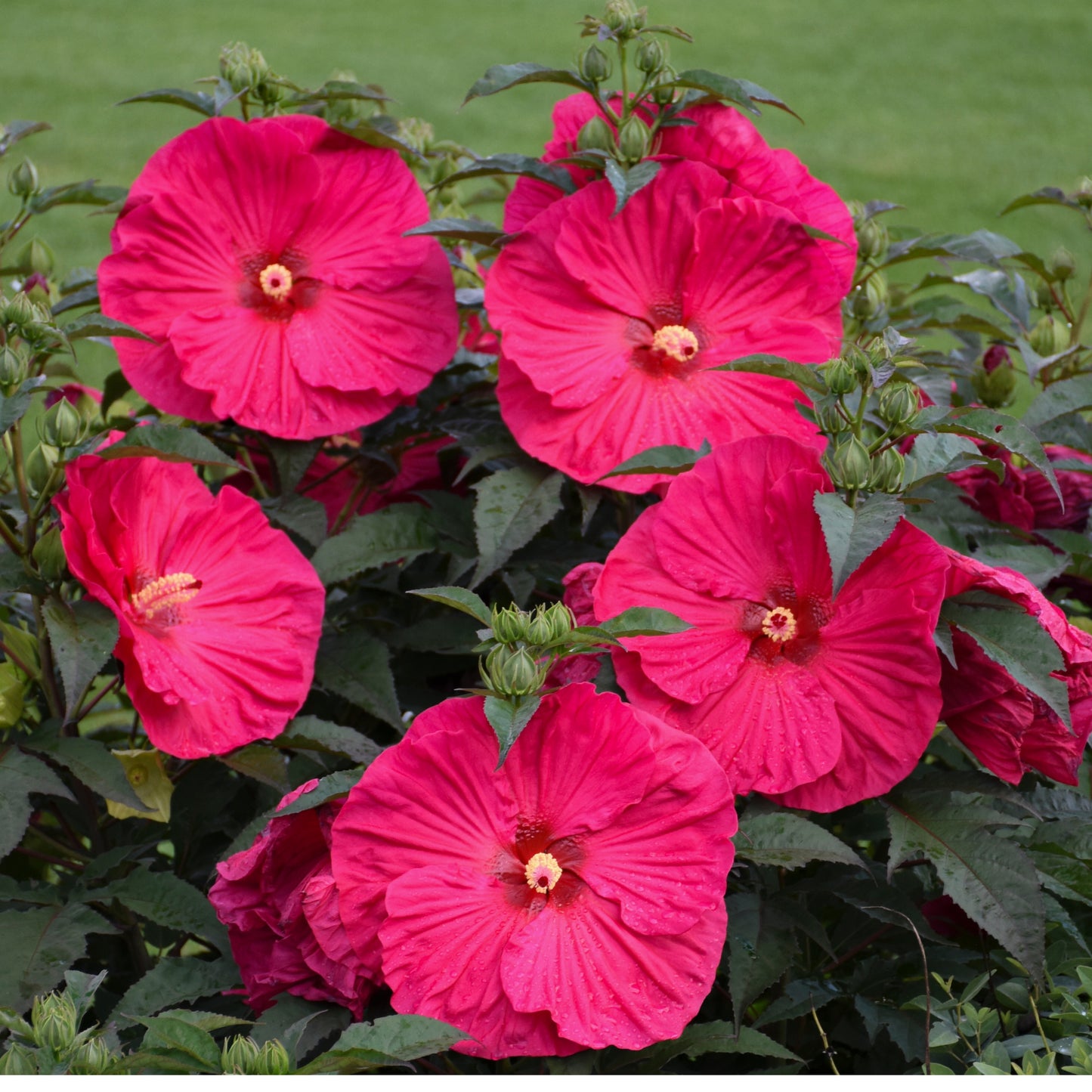
Related articles
-
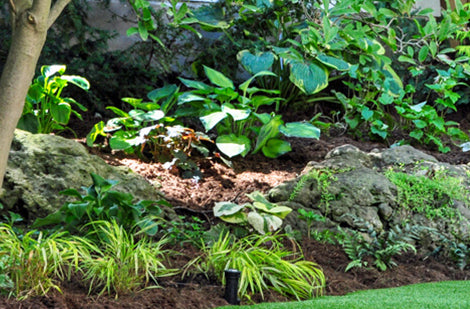
Perennials for all occasions
Read the articleOsez créer des associations inédites qui sauront refléter votre personnalité, même si pour cela vous deviez déplacer certaines vivaces pour mieux les mettre en valeur.
-
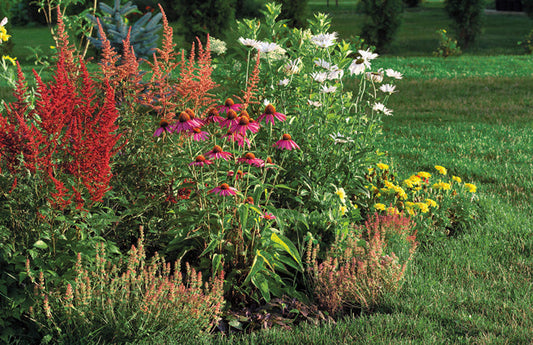
Landscaping with perennials
Read the articleVariétés à découvrir, la tomate se savoure crue, en sandwich, en bruschetta ou en salade. Cuite, c'est l'ingrédient de base de sauces, soupes et salsas.
-
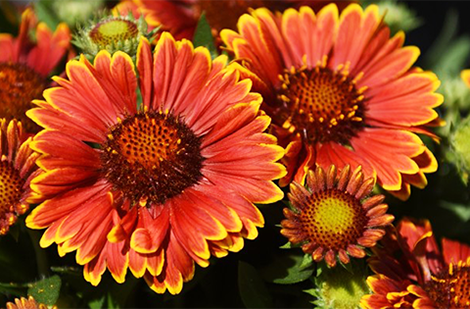
Perennials proper maintenance: cut and fertilize
Read the articleLa grande popularité des vivaces vient du fait qu'après avoir été oubliées pendant des mois au cours de l'hiver, elles réapparaissent sur la scène plus énergiques et surprenantes que par...
-
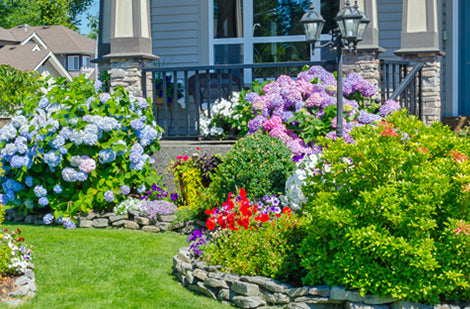
How to plant perennials in your garden
Read the articleEn pénétrant au jardin, ce sont souvent les plantes vivaces que l’on remarque en premier. Un massif de sauges, d’hémérocalles, d’astilbes, d’échinacées ou de lavande offre un spectacle d’une beauté...












